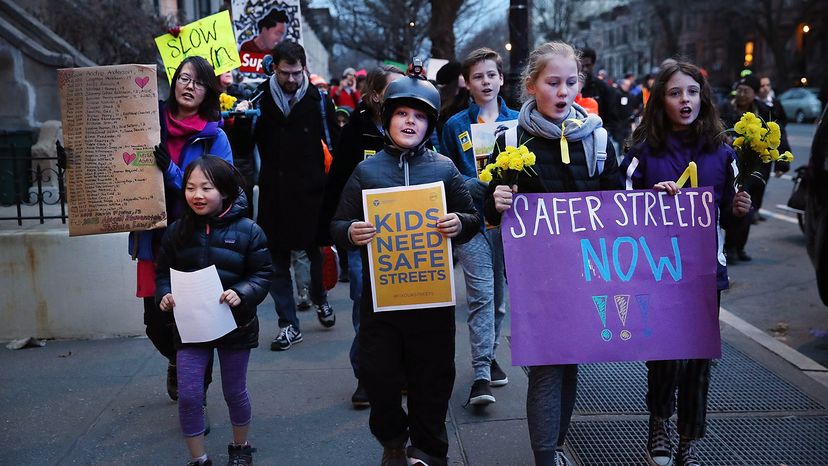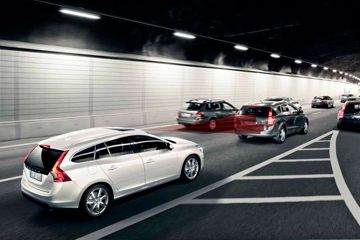So why the increase in pedestrian deaths? The causes are numerous. People drive more, and they drive faster. Speed limits are increasing. Big and heavy SUVs, which are still gaining popularity, are more dangerous to pedestrians. Drivers are distracted by electronic devices.
Infrastructure plays a role, too, since data shows that pedestrians are more likely to be hit in areas that don't have enough sidewalks or where traffic lights and signage are not well maintained.
So where are these issues the most problematic? According to an email interview with Kim Stewart, senior editor at IIHS, and published reports:
Where and when do most pedestrian deaths occur?
- California, Texas and Florida had the most pedestrian deaths in 2016.
- Pedestrians made up the largest proportion of all motor vehicle deaths in New York and Washington, D.C. (30 percent), New Jersey and Rhode Island (27 percent), and California, Nevada and Hawaii (24 percent).
- Intersections are not factors in 70 percent of pedestrian fatalities.
- Fatal pedestrian crashes occur most often between 6 p.m. and midnight, and more often on Saturdays.
Who's most at risk?
- Though elderly pedestrians are hit less often than children, their injuries are more likely to be fatal.
- The population least at risk, according to age, is children younger than 13.
- Male pedestrians are more commonly killed in collisions than female pedestrians.
- In 2016, 34 percent of fatally injured pedestrians 16 and older had blood alcohol concentrations (BACs) at or above 0.08 percent, a rate that has been steady for about 20 years.
- In 2016, 13 percent of drivers involved in pedestrian deaths in 2016 had BACs at or above 0.08 percent.
"The increase [in pedestrian deaths] has been mostly in urban or suburban areas, at non-intersections, on arterials (busy roads designed mainly to funnel vehicle traffic toward freeways) and in the dark," Stewart says. "Though most pedestrian crashes involve cars, fatal single-vehicle crashes are increasingly likely to involve SUVs and high-horsepower vehicles."
The high-horsepower factor is particularly alarming. More research by IIHS found that the higher the horsepower-to-weight ratio of a vehicle, the faster it's likely to be driven. Traveling fast both reduces a driver's reaction time and increases the distance required to slow down or stop a car. Also, the faster a vehicle is traveling when it hits a pedestrian (or any obstacle), the more impact it will cause.


